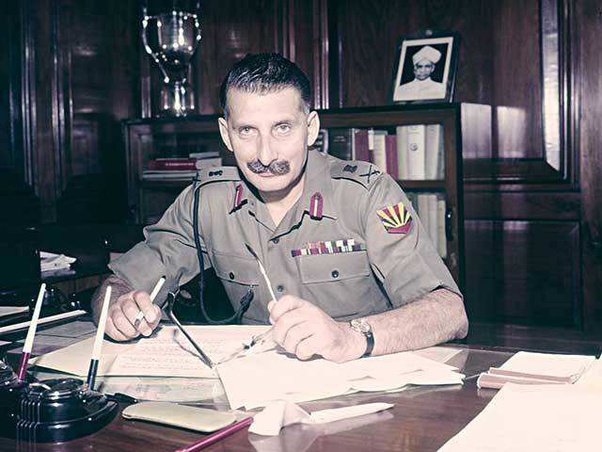INDIAN ARMY ( BRITISH HISTORY)
The British Indian Army was the principal military of the Brithis India Empire before its decommissioning in 1947. It was responsible for the defence of both the British Indian Empire and the princely states which could also have their own armies. The Indian Army was an important part of the British Empire's forces, both in India and abroad, particularly during the First World War and the Second World War.
The term "Indian Army" appears to have been first used informally, as a collective description of thePrecidency Armies (the Bengal Army, the Madras Army and the Bombay Army) of the Precidencies of British India, particularly after the Indian Rebellion. The first army officially called the "Indian Army" was raised by the government of India in 1895, existing alongside the three long-established Precidency armies. However, in 1903 the Indian Army absorbed these three armies. The Indian Army should not be confused with the "Army of India" (1903–1947) which was the Indian Army itself plus the "British Army in India" (British units sent to India).
 |
| https://indianarmy14.blogspot.com/ |
In the aftermath of the Indian Mutiny, of 1857, also called the Sepoy Mutiny by the British, the three armies of the former Presidencies of the East India Company passed to the British Crown After 'the Mutiny', recruitment switched to what the British called the " martial races," particularly Sikhs, Awans, Gakhras, and other Punjabi Musulmans, Baloch, Pasthuns, Marathas, Bunts, Nairs , Rajputs, Yadavs, Kumaonis, Gurkhas,Garhwalis, Janjuas, Maravars, Kallars, Vellars, Dogras, Jats, Gujars, Mahars and Sainis.
The three Presidency armies remained separate forces, each with its own Commander In-Chief. Overall operational control was exercised by the Commander-in-Chief of the Bengal Army, who was formally the Commander-in-Chief of the East Indies. From 1861, most of the officer manpower was pooled in the three Presidential Staff Corps. After the Second Afgan War a Comission Of Enquiery recommended the abolition of the presidency armies.The Ordinance, Supply and Transport, and Pay branches were by then unified.
 |
| https://indianarmy14.blogspot.com/ |
The Punjab Frontier Force was under the direct control of the Lieutenant-Governor of the Punjab during peacetime until 1886, when it came under the C-in-C, India. The Hyderabad Contingent and other local corps remained under direct governmental control.Standing higher formations – divisions and bbrigades – were abandoned in 1889. No divisional staffs were maintained in peacetime, and troops were dispersed throughout the sub-continent, with internal security as their main function. In 1891 the three staff corps were merged into one Indian Staff Corps.
Two years later the Madras and Bombay Armies lost their posts of Commander-in-Chief. In 1895, the Presidency Armies were abolished and the Indian Army created thereby was re-grouped into four Commands: Bengal, Madras (including Burma), Bombay (including Sind, Quetta, and Aden), and the Punjab (including the North-West Frontier and the Punjab Frontier Force). Each was under the command of a Lieutenant General answered directly to the C-in-C, India.
The Presidency armies were abolished with effect from 1 April 1895 by a notification of the Government of India through Army Department Order Number 981 dated 26 October 1894, unifying the three Presidency armies into a single Indian Army.The armies were amalgamated into four commands, Northern, Southern, Eastern and Western. The Indian Army, like the Presidency armies, continued to provide armed support to the civil authorities, both in combating banditry and in case of riots and rebellion. One of the first external operations the new unified army faced was the Boxer Rebellion in China from 1899 to 1901.




Comments
Post a Comment